Greece Flag Meaning
Nine horizontal stripes alternating blue and white with a blue canton containing a white Greek cross, representing the sea and sky, purity and struggle for independence, and the Greek Orthodox faith that unites the nation.
- Continent
- Europe
- Adopted
- 1978
- Ratio
- 2:3
- Colors
- blue, white
- Designer
- Unknown (traditional design)

Symbolism
Blue Stripes: Represent the blue seas surrounding Greece and the clear Mediterranean sky, symbolizing the maritime heritage of the Greek people and their connection to the Aegean, Ionian, and Mediterranean waters.
White Stripes: Represent the purity of the struggle for independence and the white-capped waves of the Greek seas, symbolizing the noble fight for freedom against Ottoman rule and the beauty of the Greek landscape.
Nine Stripes Total: Traditionally said to represent the nine syllables of the phrase 'Eleftheria i Thanatos' (Freedom or Death), the rallying cry of the Greek War of Independence, symbolizing the ultimate sacrifice for liberty.
White Greek Cross: Represents the Greek Orthodox Christian faith that has been central to Greek identity for centuries, symbolizing the religious heritage that sustained the Greek people through centuries of foreign rule.
History
- Ancient Greece: Ancient Greek city-states used various symbols and banners, with different poleis having their own emblems, laying the foundation for concepts of democracy, philosophy, and Western civilization.
- 146 BCE - 1453 CE: Greece was ruled successively by Romans and Byzantines, with the Byzantine Empire adopting Christian symbols and the double-headed eagle, preserving Greek Orthodox Christianity and classical heritage.
- 1453-1821: Ottoman rule imposed Islamic governance and Turkish symbols, while Greeks maintained their Orthodox Christian identity and cultural traditions under the millet system of religious autonomy.
- 1821-1832: The Greek War of Independence began with the revolution of 1821, using various revolutionary flags including blue and white designs that would influence the modern flag.
- 1822: The First National Assembly at Epidaurus adopted a blue flag with a white cross, establishing the basic elements that would evolve into the current flag design.
- 1832-1924: The Kingdom of Greece used various versions of blue and white flags, sometimes with royal symbols, representing the newly independent nation under Bavarian and later Danish royal houses.
- 1924-1935: The Second Hellenic Republic adopted a plain cross flag, representing democratic ideals and the temporary abolition of the monarchy during this period of political instability.
- 1935-1973: The restored monarchy and later military junta used various flag designs, with the current nine-stripe design being adopted and modified several times during this turbulent period.
- December 22, 1978: The Hellenic Republic officially adopted the current flag design, representing the restoration of democracy after the fall of the military junta and the establishment of the Third Hellenic Republic.
- 1978-Present: The flag has represented Greece through EU membership, economic challenges, debt crisis, and recovery, symbolizing the nation's enduring spirit and European identity.
Trivia
- Greece is considered the birthplace of democracy, philosophy, theater, and the Olympic Games, with the flag representing the foundation of Western civilization.
- The flag flies over a country with over 6,000 islands and islets, though only about 200 are inhabited, making Greece one of the world's most island-rich nations.
- Greece has more archaeological museums than any other country in the world, with the flag representing a nation where ancient sites like the Acropolis attract millions of visitors.
- The Greek language has the longest documented history of any Indo-European language, spanning over 3,400 years of written records under this cultural heritage.
- Greece's merchant marine is one of the largest in the world, reflecting the maritime heritage symbolized by the flag's blue and white colors.
- The flag represents a country that is 98% Greek Orthodox Christian, making it one of the most religiously homogeneous countries in Europe.
- Santorini's distinctive blue-domed churches and white buildings mirror the colors of the Greek flag and have become iconic symbols of Greece worldwide.
- Greece has the longest coastline in the Mediterranean Basin and the 11th longest in the world, emphasizing the maritime symbolism of the flag.
- The flag flies over the birthplace of great philosophers like Socrates, Plato, and Aristotle, whose ideas continue to influence thought worldwide.
- Greece is home to 18 UNESCO World Heritage Sites, including ancient Olympia where the Olympic Games originated in 776 BCE.
- The Greek alphabet, represented by this flag's cultural heritage, is the basis for the Latin alphabet used throughout the Western world.
- Greece experienced a severe debt crisis from 2010-2018, but the flag represented the nation's resilience and eventual economic recovery.
- Mount Olympus, mythical home of the ancient Greek gods, is Greece's highest peak and a symbol of the country's rich mythological heritage.
- Greek cuisine, including dishes like moussaka, souvlaki, and feta cheese, is recognized as one of the healthiest in the world and part of the Mediterranean diet.
- The flag represents a country that has given the world concepts like democracy, philosophy, theater, history, and numerous scientific and mathematical principles that remain fundamental today.
Related Countries
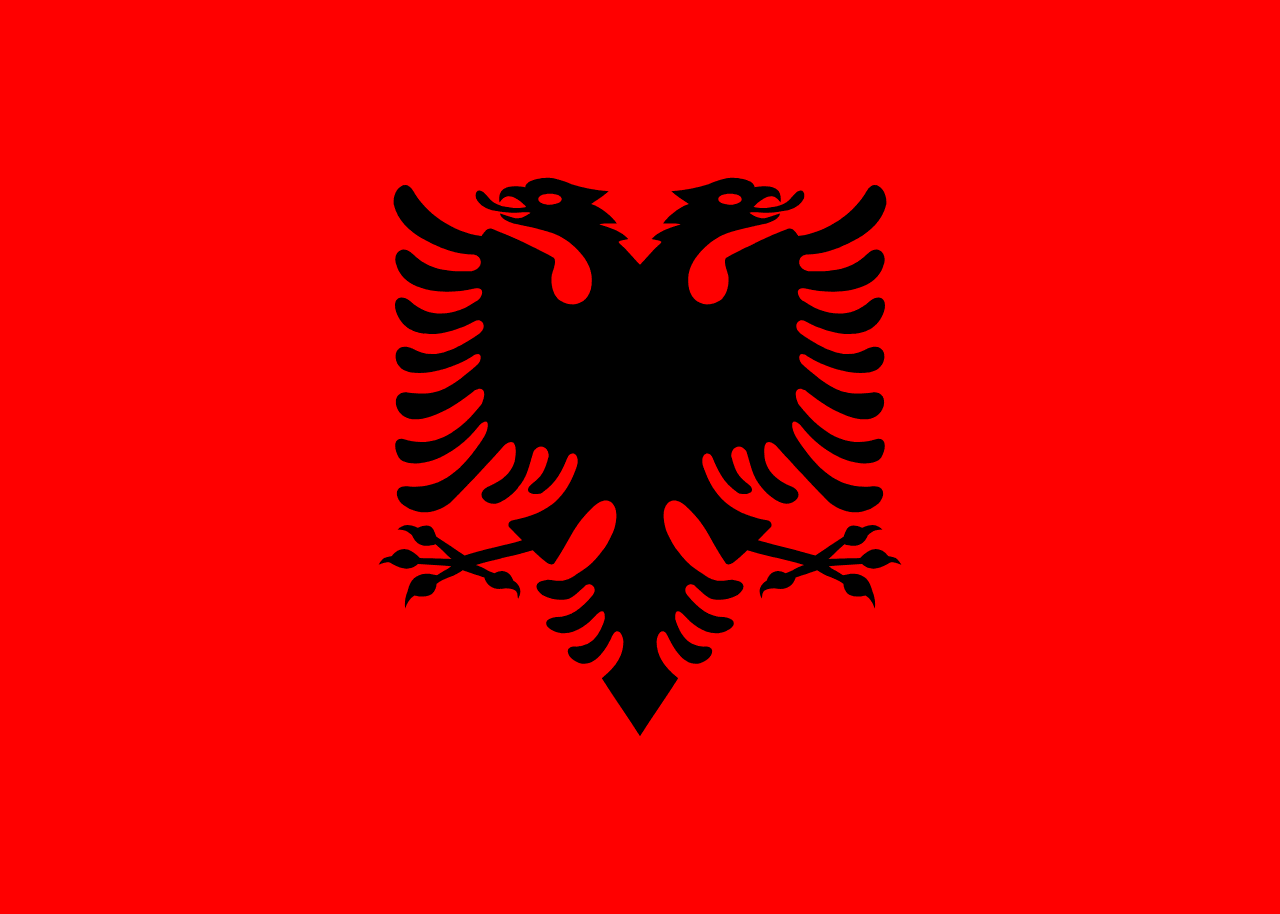
Albania
Europe
A red field with a black two-headed eagle, one of Europe's oldest heraldic symbols representing Albanian independence, strength, and the legacy of medieval hero Skanderbeg.
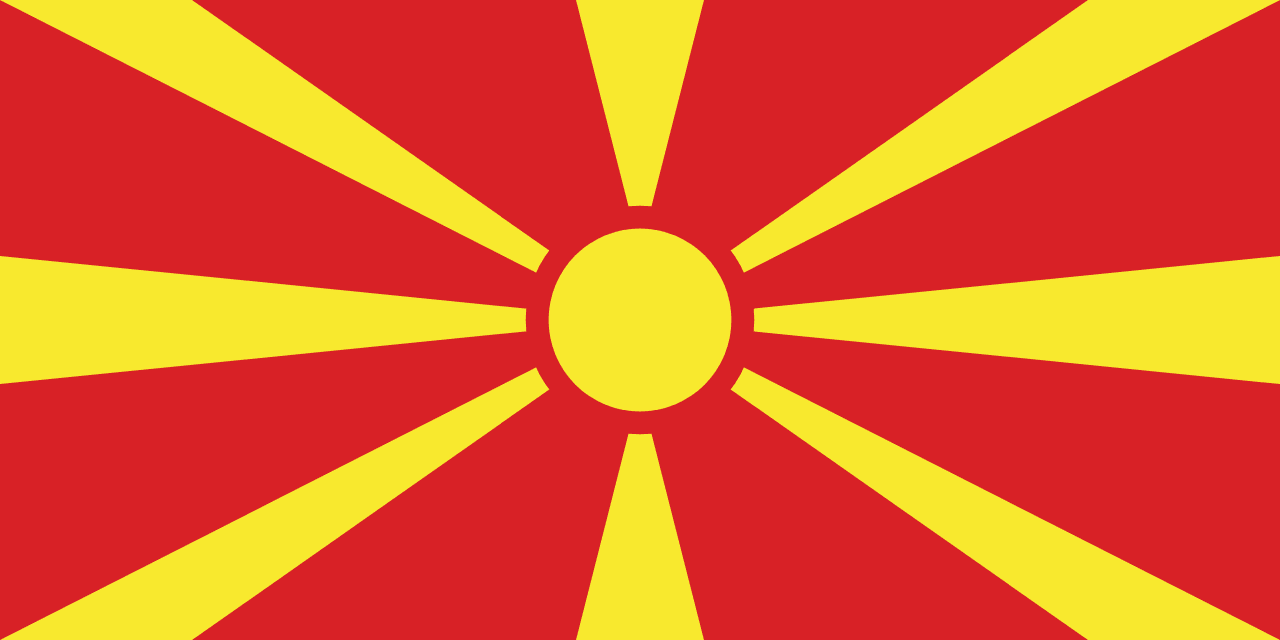
North Macedonia
Europe
A red field with a golden-yellow stylized sun with eight broad rays extending to the edges. Known as the 'Sun of Liberty,' it symbolizes freedom and the new nation’s identity.
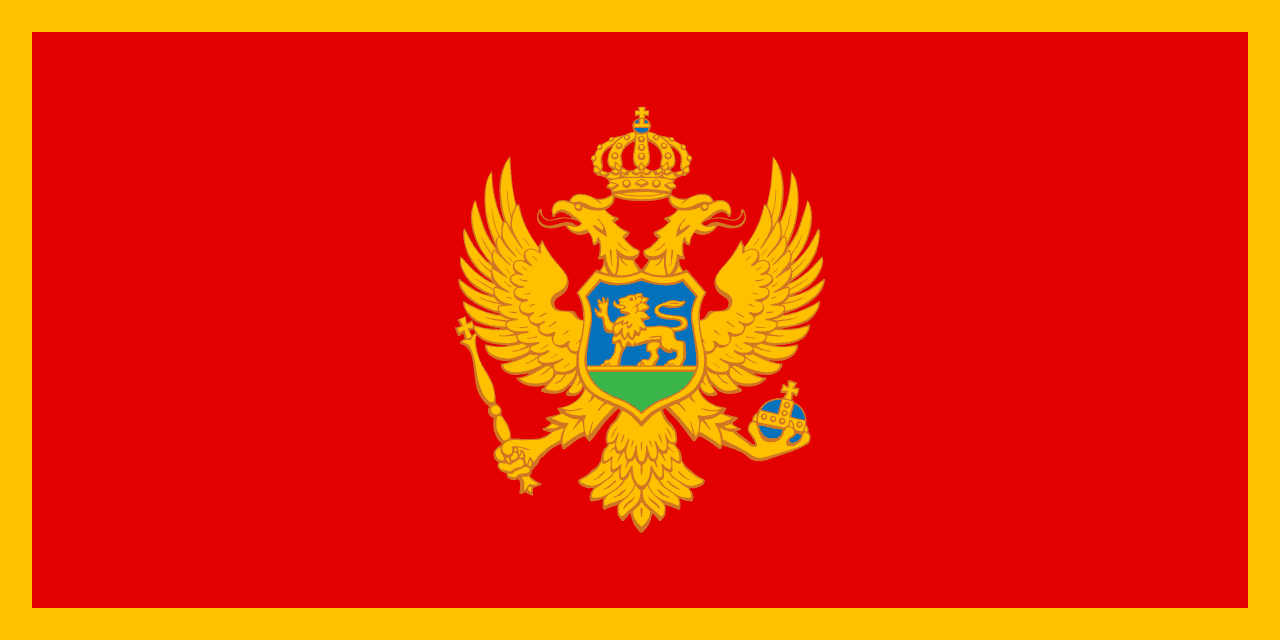
Montenegro
Europe
A red field with golden border and the coat of arms featuring a golden double-headed eagle, representing Montenegro's medieval heritage, Orthodox Christian identity, and recent independence from Serbia.
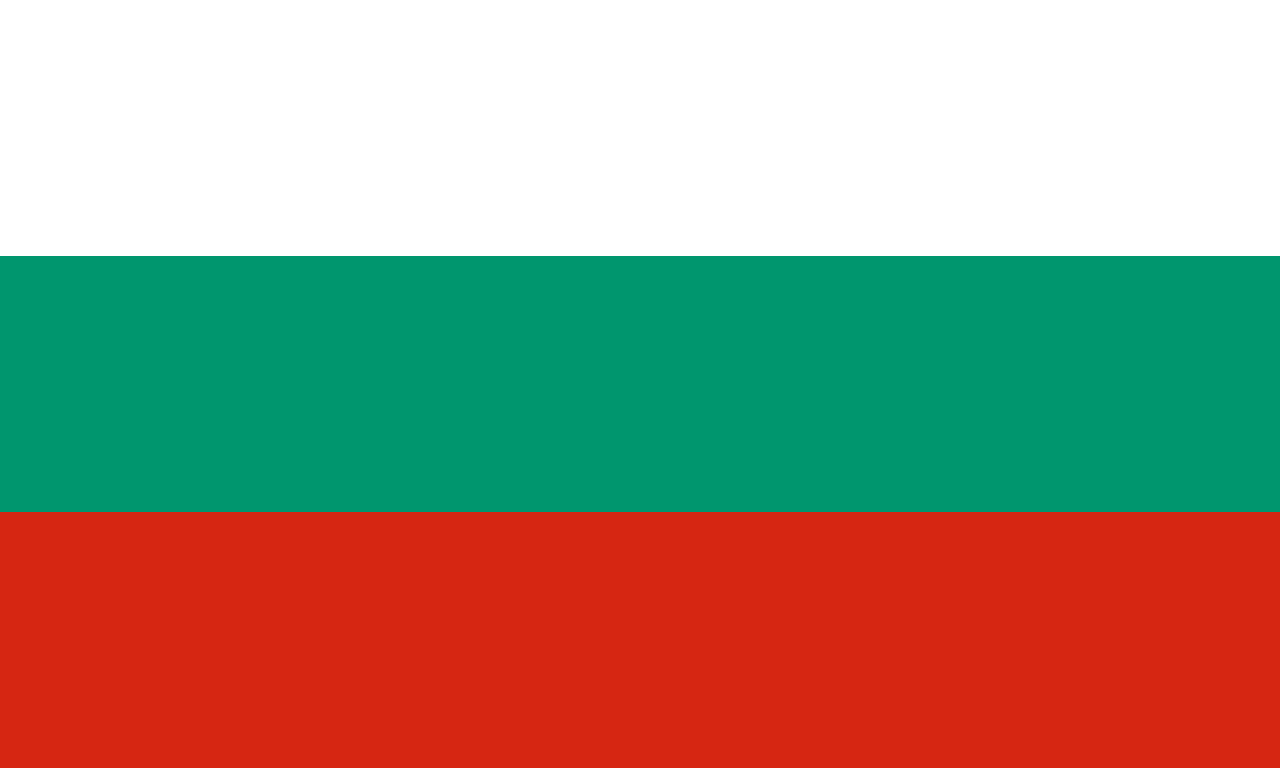
Bulgaria
Europe
Three horizontal stripes of white, green, and red representing peace and freedom, the agricultural wealth of the nation, and the courage and blood of Bulgarian patriots who fought for independence.
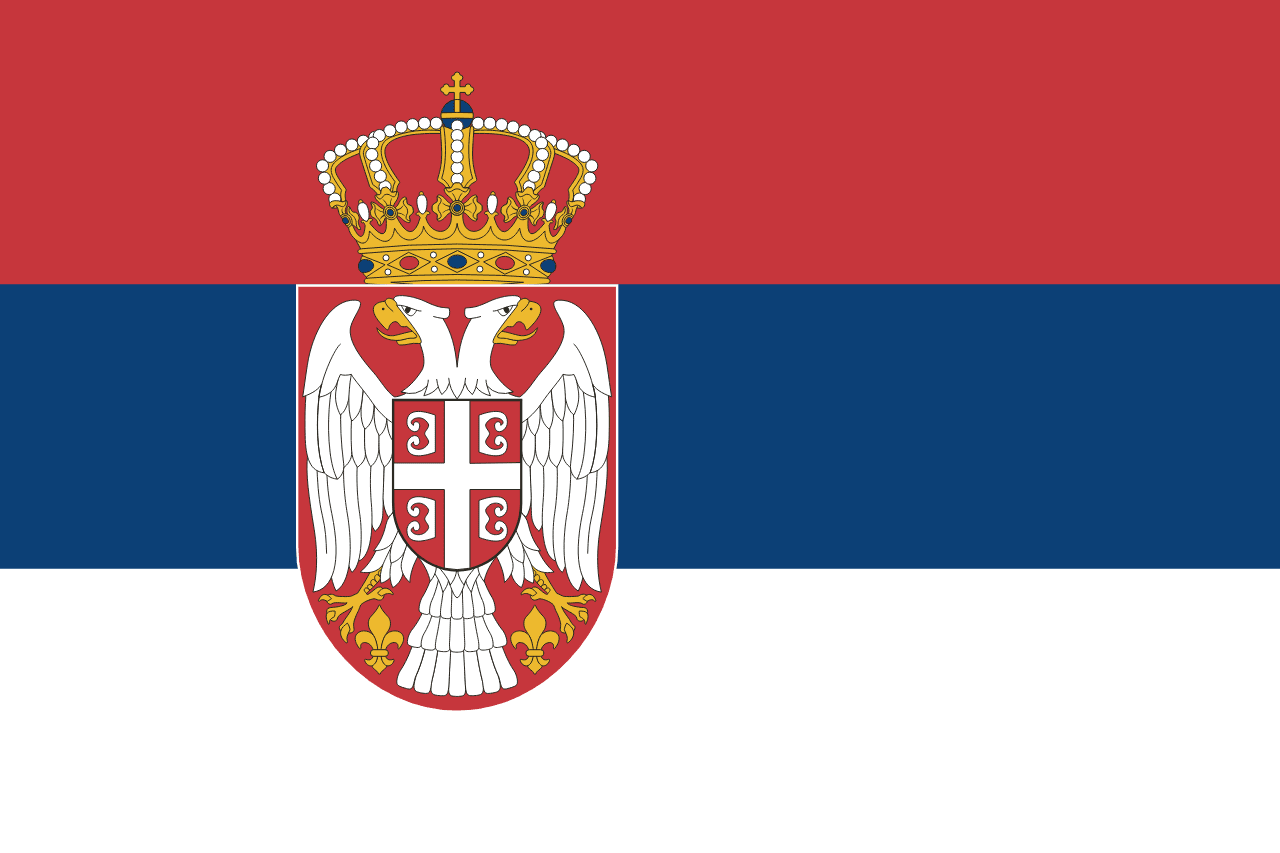
Serbia
Europe
A horizontal tricolor of red, blue, and white with the national coat of arms offset toward the hoist. The coat of arms features a double-headed white eagle, the Serbian cross, and a royal crown.

Malta
Europe
Two vertical stripes of white and red with the George Cross in the upper left corner, representing Malta's courage during World War II and its historical significance in the Mediterranean.